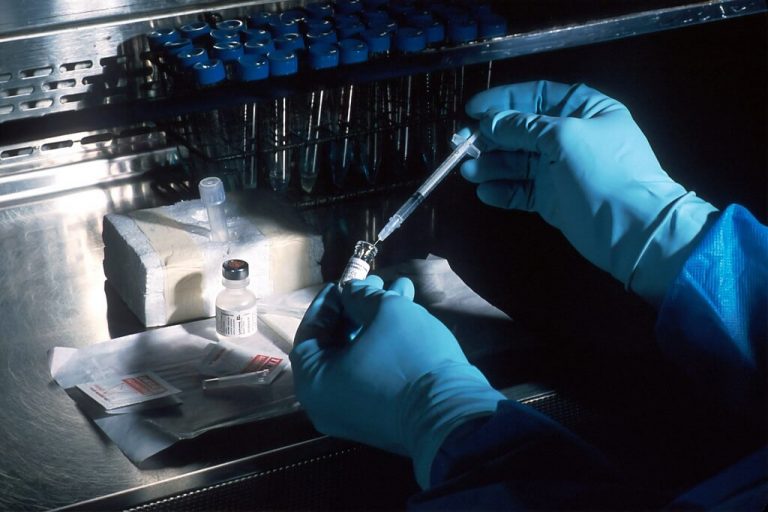Table of Contents [show]
Viruses transmitted by polluted water infect millions of people each year, and the World Health Organization estimates that at least two billion people drink contaminated water. Knowledge of waterborne viruses and other waterborne diseases will become increasingly important as the global population grows, and safe drinking water becomes scarcer. You'll learn about waterborne viruses, how to determine if your water is contaminated, and how to remove viruses from water and protect your drinking water supply in the sections below.
Which Viruses Commonly Spread through Water?
Norovirus and rotavirus are the most common viruses spread through water in the United States, which may surprise you. Because these viruses are known to cause food poisoning, you might assume that they are only spread through food. Both water and food can spread them. If your lost fluids and electrolytes aren't replaced, both of these viruses can cause severe dehydration and even death.
These aren't the only viruses that have made their way into our drinking water. In the United States, numerous other water-borne viruses have been discovered. Typhoid, SARs, Hepatitis E and A, conjunctivitis, gastroenteritis, and meningitis are all on the list. While many of these viruses are successfully removed from municipal water supplies in the United States, they can still make their way into your tap water.
How to Check Tap Water for Viruses
It's important to test your water for viruses and other contaminants at least once a year, whether you have a public water supply or a private well.
After heavy rains or flooding, wells are more vulnerable, so having your water tested more frequently is always a good idea.
Home water tests do not detect viruses; the best method is to send a sample of water to an EPA-certified laboratory.
How to Remove Viruses in Water
Viruses, more than any other contaminant, are relatively easy to remove from water. The following are the most effective methods for removing viruses:
Chlorination
Because of its low cost, it is one of the most widely used chemical water disinfection and treatment methods. This is why your pool water smells like chlorine all the time. Chlorine is safe to drink in small amounts, according to the World Health Organization (WHO). It's for this reason that it's used to remove viruses from water.
By causing a chemical reaction, chlorine kills viruses. When chlorine is combined with water, hypochlorous acid is formed, which dissolves virus and bacterium cells and kills them from within.
It's possible that your water will have a synthetic odor. If you're having trouble with the smell and taste of your water, an activated carbon filter can help.
Ozone Water Treatment
Ozone water treatment disinfects your water by oxidizing viruses and other harmful contaminants. The oxygen molecule ozone (O3) is one of nature's most active oxidizing agents. Before being used in water treatment, ozone is first created in an ozone generator. After that, it's mixed with water, which oxidizes the virus's organic matter.
As a result of this reaction, their cells become weaker, split, and eventually die. The best thing about this method is that it is quick and can purify water in a matter of seconds.
Boiling
This simple method allows you to filter water yourself. An important technique is to bring the water to a rolling boil for at least one minute. Due to the fact that their molecules are dissolved, this continuous, intense heat is sufficient to kill not only viruses, but also bacteria, protozoa, and other pathogens, making it an effective method of pathogen reduction.
Refrigerate the boiling water until you're ready to use it. Heating does not remove chemical poisons or other pollutants from the air, such as hazardous substances or soil.
Distillation Systems
It's yet another efficient way to purify water. Distillation systems work by heating water to the point where it boils, then collecting the vapors, which contain a variety of contaminants and viruses.
Distillation techniques are primarily used to eliminate pathogens like Cryptosporidium and Giardia. Using distillation systems, viruses such as norovirus, hepatitis, rotavirus, and enteric can be easily removed.

